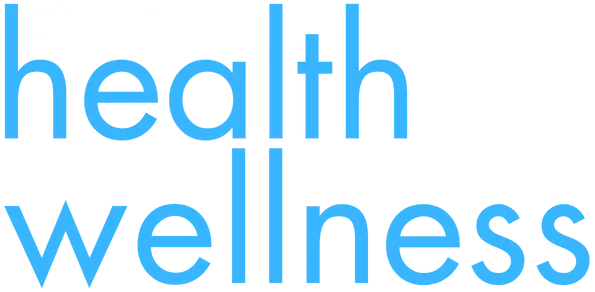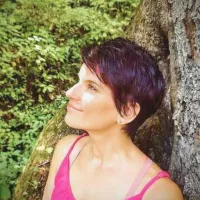

COMMUNITY & CULTURE ARTICLES

The Profound Relationship between Our Physical and Emotional Health
I am sure you can remember a time in your childhood when you really did not want to do something. Maybe it was going to school, visiting Aunt Mabel, or doing something else that made you uncomfortable. Then, poof! Like magic, you had a stomachache, a headache, or an anxiety attack.
You may have been told that these symptoms were “all in your head.” However, scientific studies are finally catching up to what our bodies know intuitively. Recent Mayo Clinic research states that “poor emotional health can affect headaches, muscle pain, chest pain, fatigue, low libido, stomach upset, and sleep problems” (mayoclinic.org).
Research is also catching up on the effects of trauma in the body. Trauma is defined as an intensely distressing or disturbing experience, which means our trauma is deeply individual. What is deeply distressing to one person may be a regular Tuesday to another. According to a study found in Good Therapy, emotional or physical trauma “pushes the activation of the nervous system beyond its ability to self-regulate” causing it to stay “on.” Those that get stuck in trauma experience a whole range of negative physical and emotional effects. For instance, they are more likely to use drugs; experience depression, anxiety, eating disorders, and muscle pain; and manifest injury (psychologytoday.org).
This is where it gets interesting! All nerves in the body originate from the spinal cord and run through the fascia. The fascia is like the netting that holds the body and organs together. Remember what trauma does to the nervous system? The distressing experience that is stuck in the nervous system can affect us anywhere in the body because all the nerves run off of the spinal cord, which comes from the brain.
Traditional Chinese medicine has studied this phenomenon for thousands of years. It has been able to determine where each emotion or distress is found in the body. For example:
The liver is where we process anger.
The heart is where we experience the lack of joy.
The kidneys store fear.
The lungs hold grief and sadness.
The spleen is where we experience worry and lack of nurturing.
Within these organs, we also experience two types of energy (Chi): Yin, which is receiving, allowing, and still, and Yang, which is giving, external, and outgoing. In our western world, most of us experience an imbalance of Yin, so we need to learn to receive more and be still. This stillness can best be experienced in meditation. There are specific methods of mindfulness that can allow the “stuck” experiences or emotions of trauma to move out of the body, allowing the nervous system to finally come out of fight, flight, or freeze mode.
Almost any method that connects the mind, body, emotion, and energy can be helpful with this process. These can include reflexology, tai chi, yoga, breathwork, Reiki, shamanic work, chakra work, prayer, and meditation. Reiki is used in over 800 U.S. hospitals and over 1500 Japanese hospitals (uclahealth.org).
There is a wonderful scene in the last Harry Potter movie where Harry has just sacrificed himself and is in an “afterlife train station” where he meets his mentor, Dumbledor. Harry asks, “Is this real or is it in my head?” Dumbldor responds, “My dear boy, of course this is in your head, but why would that make it any less real?” I invite you to spend a little more time with your nervous system, to feel where you may be stuck, and then to seek out mindful activities that will heal this deep relationship between head and heart, between mind and body.
It has been my pleasure to help clients all over the U.S. and the world heal this relationship. This work is often much more gentle than you think. Feel free to reach out to schedule a sixty-minute session to begin the healing path with your own personal relationship to your head and heart, your physical and emotional bodies.
About the Author:
Anna is a licensed massage therapist specializing in the relationship of the heart to the head or the mind to the body. Anna and her partner Jared have developed a specialized method of deep meditation to release old emotional experiences that can contribute to physical discomfort or illness. She now lives in the Blue Mountains of North Carolina after spending the past ten years in St. George, Utah, connecting with her pioneer ancestors who settled the southern Utah area. She provides her sessions remotely. You can contact Anna by going to www.journeywithanna.com or by emailing [email protected].
